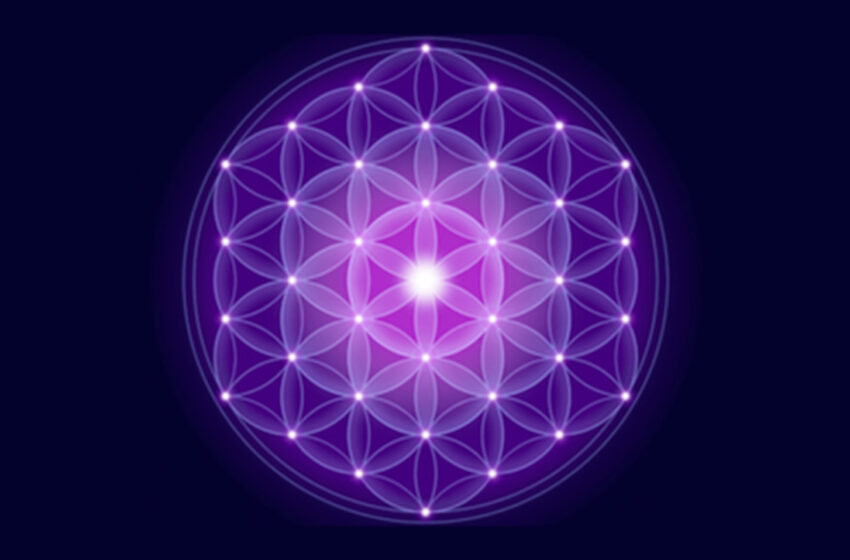Sacred Geometry!


Temples designed on the basis of sacred geometry include the Madurai Meenakshi Temple, the Maha Meru Sri Yantra Temple in Amarkantak, Madhya Pradesh, Mahabodhi Temple in Bodh Gaya, Mahadev Temple in Khajuraho, Nashik’s Trimbakeshwar temple, Borobudur temple, Indonesia, Hindu temples in Angkor Wat, and the Bahai Temple in Delhi (based on lotus geometry).
The distinguished al-Sabah Collection is a fine specimen of sacred geometry in Islamic art. How the artists created an endless variety of geometric patterns is a marvel! Infinity is the keyword here and it is also one of God’s unique attributes.
Sacred geometry works well with Feng Shui, the ancient Chinese art of designing living spaces.
In fact, feng shui, astrology, numerology and tarot all begin with a fundamental faith in sacred geometry.
The Mandala, the most admired symbol of Buddhist religion and art is another instance of sacred geometry. It is a geometric design representing the universe. Painting Mandalas is also an art and healing exercise.
The Yantra, used in meditation by Hindus is a classic example of sacred geometry.
This is a geometrical pattern made of several concentric figures (squares, circles, lotuses, triangles and a point or Bindu at the centre).
These shapes are believed to have a powerful quieting effect on the mind.
A lotus flower symbolises the chakra energy centres; a Bindu (dot) signifies both the point of creation and the infinite cosmos;
a triangle with an upward point denotes masculinity; with a downward point, the triangle becomes a symbol of femininity. A swastika signifies luck and prosperity.
The Sri Yantra is the oldest Yantra known and is the form of Devi or Shakti Herself. The Sri Yantra is considered to be one of the most powerful and effective Yantras as it is believed that it contains the strength of 432,000 devas!
Rangoli and Kollam, a common sight in Hindu households is also sacred geometry. Rangoli patterns are typically geometric shapes of flower petals or triangles.
By incorporating even basic sacred designs at home we attract awesome energy to space.
Common geometric shapes that have sacred meaning include the circle, triangle and square. The circle enjoys a special place in many religious practices. A circle is drawn around a person as protection. It also represents unity, wholeness and infinity, or without beginning or end.
Triangles are part of Sri Yantras. Triangles represent the past, present and future or spirit, mind and body.
The square has four sides and the number four is associated with material things.
In Hinduism, the circle and square in conjugation reflect heaven and earth. The Swastika often displayed near the main door or entrance is a solar symbol mirroring the motion of the Sun or Surya in India. It is a symbol of prosperity and dharmic auspiciousness.
Given its omnipresence, it is little wonder that spiritual or sacred geometry is regarded as the universal language of truth, harmony and proportion!
